You might have heard that Elon Musk bought Twitter, and among the many recent changes to the platform comes what appears to be an ideology shift. Gerrit De Vynck, Jeremy B. Merrill and Luis Melgar, for The Washington Post, show the shift through the lens of a baseline chart and follower counts among popular Democrats and Republicans.
-
How to Build a Happy Life from The Atlantic is a podcast on finding happiness:
In our pursuit of a happy life, we build, we structure, and we plan. Often, we follow conventional wisdom and strategize. But what happens when our plans fall through and expectations don’t meet reality—when the things that should make us happy don’t?
In season 3 of our How To series, Atlantic happiness correspondent Arthur Brooks and producer Rebecca Rashid seek to navigate the unexpected curves on the path to personal happiness—with data-driven insights and a healthy dose of introspection.
I’m late to this, but I had some downtime during the Thanksgiving break and liked the data- and research-centric episodes. As you might expect, there’s a lot of fuzziness in the numbers and there’s more than one way to find happiness.
-
Mark Doman and Alex Palmer, for ABC News, show the depth of the Tonga volcano that erupted earlier this year with a 3-D model. “While the depth of the caldera shocked him, the fact the rest of the volcano appeared to be largely unchanged was equally as surprising.”
-
Nick Evershed, for The Guardian, describes Noisycharts, an experimental component for their in-house charting tool:
What does rising global carbon dioxide sound like? Or the crash of the pound? How about Sydney’s record-breaking rainfall, or the share value wiped out following Facebook’s pivot to virtual reality?
While all of these things have been frequently graphed, now we can turn them into audio as well.
Noisycharts is a new tool created by Guardian Australia to easily turn data into sound, with an animation to accompany it.
One of the examples uses a modulated dog bark to demonstrate how the sounds can match with the context. That seems like a fun path to explore.
Unfortunately, it’s not meant for public use (yet?). For that, you might want to check out TwoTone.
-
Chris Dalla Riva analyzed key changes in songs that made the Billboard Hot 100, between 1958 and 2022. Key changes are near non-existent after 2010. The most interesting part is why:
Thus, if you changed the key of “Juicy,” Biggie wouldn’t necessarily have to change how he raps, but if you changed the key of “Over the Rainbow,” Judy Garland would have to sing different pitches. If you picked the wrong key, those pitches might be outside of her vocal range. In short, key doesn’t matter as much in hip-hop.
As hip-hop grew in popularity, the use of computers in recording also exploded too. Whereas the guitar and piano lend themselves to certain keys, the computer is key-agnostic. If I record a song in the key of C major into digital recording software, like Logic or ProTools, and then decide I don’t like that key, I don’t have to play it again in that new key. I can just use my software to shift it into that different key. I’m no longer constrained by my instrument.
See also the increasing similarity of Billboard songs.
-
Mira Rojanasakul, for The New York Times, dug into current and historical energy sources in Europe. With the war in Ukraine, Russia cut off natural gas supplies to other countries, but based on estimates from Ember, it looks like the biggest shifts recently are in other energy categories.
Monthly line charts are used for each country and energy source. Lines for previous years rest in the background in a light gray to serve as a point of comparison, whereas the lines for 2022 sit in the front with a bolder color and thicker width to indicate the point of interest.
-
Qatar spent $300 billion with a ‘b’ over the past twelve years to host the World Cup. For Bloomberg, Simone Foxman, Adveith Nair, and Sam Dodge show what that money went towards through satellite imagery. The shift is striking with a transition from desert flat land to stadiums and high rises over a short period of time.
These before-and-after satellite imagery pieces usually go the opposite direction, like after a natural disaster. So the sudden shift from nothing to a whole lot more is jaw-dropping.
-
Members Only
-
Mukesh Ambani has an estimated net worth of $90.7 billion, because his company controls many facets of Indian daily life:
Ambani’s wealth comes from the enormous Reliance Industries conglomerate. Since taking over from his father, Ambani has turned Reliance — once known for textiles and petrochemicals — into a digital powerhouse. He’s grown the company’s reach through acquisitions and partnerships to reach retail, telecommunications, media, and so much more, creating an empire with unimaginable reach.
The piece from Rest of World drives the point home with a stroll through illustrations that start with a single phone and keeps zooming out until you’re looking at the whole planet.
-
Here’s a fun interactive from The Washington Post to earmark the world reaching 8 billion population. Enter age, country, and gender and you get a mosaic of quarter-circles, each representing 1 or 10 million people depending on the scale of the selected country’s population.
-
I have two course-related updates on FlowingData. First, there’s a new course on visualizing data with R. Second, I updated the Visualization for Clarity course so that you can more easily get feedback from me on how to make a better chart.
Read More -
TikTok user notkahnjunior figures out people’s birth dates through the psuedo-privacy of the internet. People give her their TikTok profile, and she takes it from there.
@notkahnjunior Replying to @knoughpe ♬ original sound – kahn No special tools required. Just web searches coupled with interactions among those who don’t know or care about privacy on the internets. It seems too easy. But it is also entertaining.
-
NFL Football Operations calculated how much luck has contributed to team wins and losses this season. They considered four actions that involve a lot of randomness: dropped interceptions, dropped passes, missed field goals, and fumble recoveries. Then they took the difference between expected win probability and the chances of the actions to calculate lucky wins and losses.
Normally I live in a football-free household, but someone joined a fantasy football league, which has a way of turning non-fans into obsessive stat checkers.
-
Drought has caused water levels to drop in the Mississippi River, which is a problem when millions of tons of grain are moved for export via boat. Bloomberg Green breaks it down, including a flow-ish, river-like Sankey Diagram to show where grain exports go.
-
Twitter isn’t in a great place right now, so maybe you want to do something with your account and your tweets. Julia Silge outlines how to delete your tweets with R:
If you are looking to remove yourself from Twitter, you can delete your account, but I’ve seen some folks say a better initial move may be to delete the content from your account (perhaps including followers and following), and then take your account private or deactivate it. In this blog post, I’ll walk through how to use rtweet to automate some of these steps.
Social media in general hasn’t been my thing for a few years now, so I’m not sure what I’m going to do, but you can find me on Mastadon. Or we can go back to blogs Xanga-style, and I’d be okay with that.
-
Members Only
-
People were asked to score their life satisfaction from 0 to 10, where 10 is the best possible life and 0 is the worst possible life. This is the average score by age. It might be time to rethink life.
-
Dashboards aren’t really my thing, but we’ve seen, especially over the past few years, that a quick view of data that is checked regularly for a current status can be useful in some contexts. Dashboard Design Patterns offers a collection of research, guidance, and cheatsheets for your dashboard designing needs.
-
Agar.io is a multiplayer game where people control cells in a Petri dish-type environment. The animation above used the same visual metaphor to show power and war in Europe, from 1500 to 2022. Circles represent countries, and they split and collide with time.
See also the history of America and East Asia in the same style.
-
There’s rain in the forecast tomorrow in some areas of the United States, which is worth noting because tomorrow is election day. Eve Washington and John Keefe, for The New York Times, picked out the overlap between competitive races and areas it’s likely to rain.
Mainly I post for the A+ headline: “Will Rain Affect Turnout Tomorrow? The Answer Is Cloudy.” That, and I’m reminded of the ever important overlap between an eclipse and sasquatch sightings.

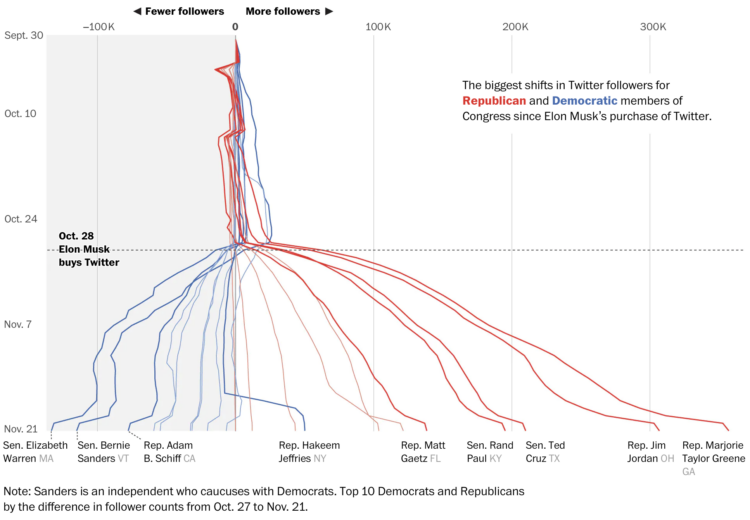

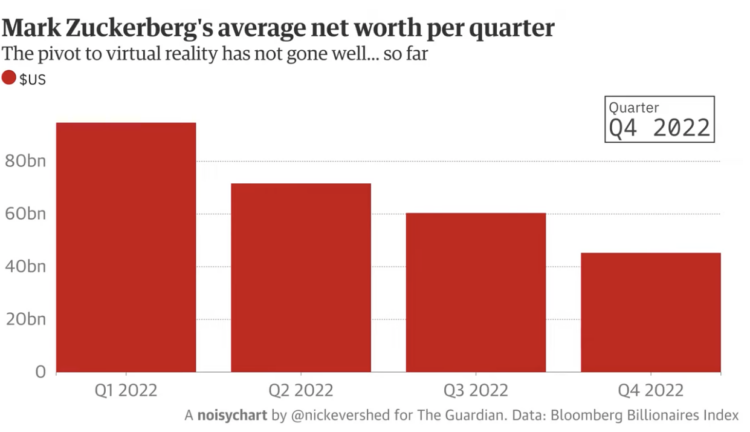
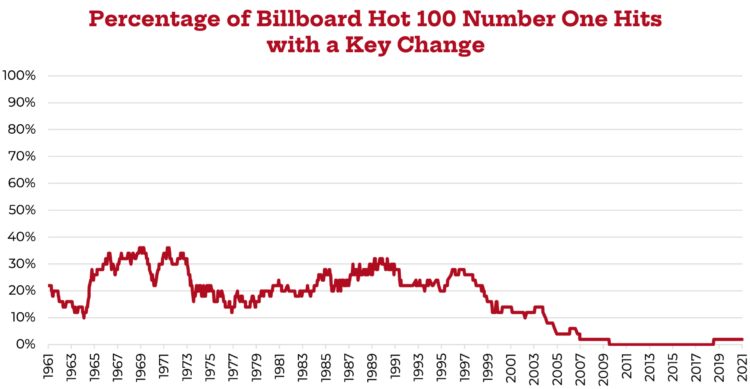
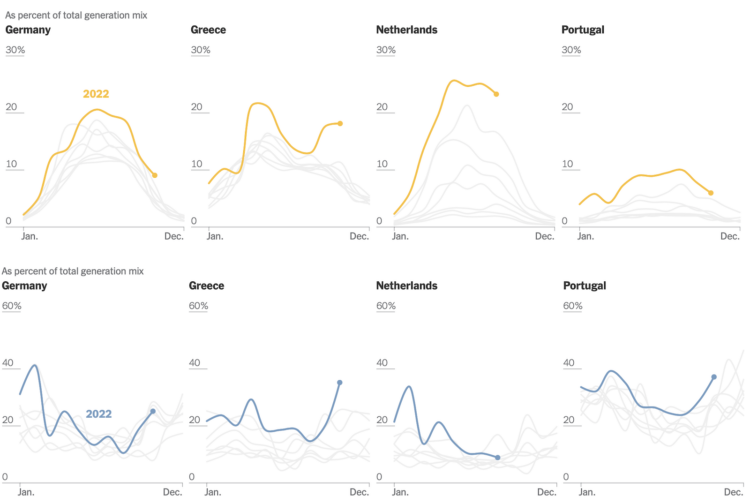

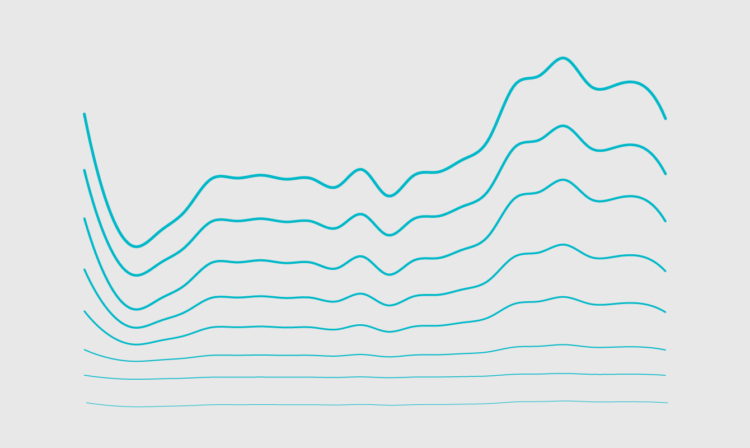

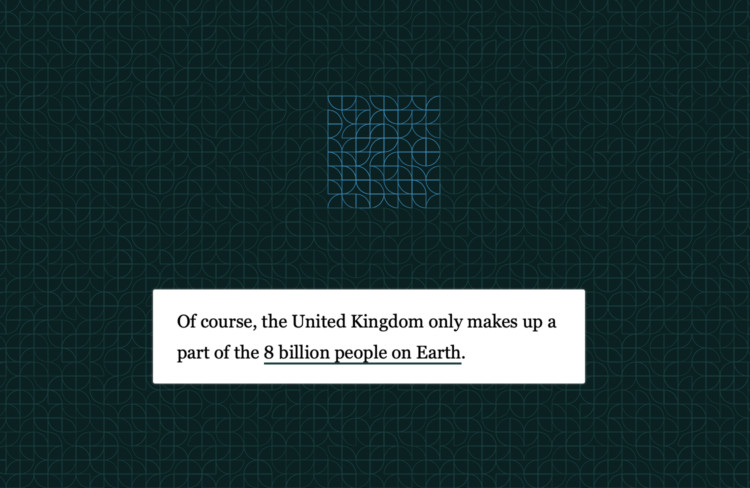
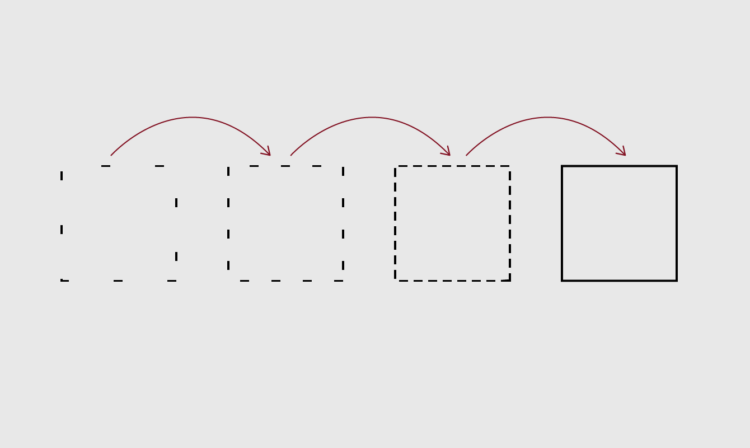

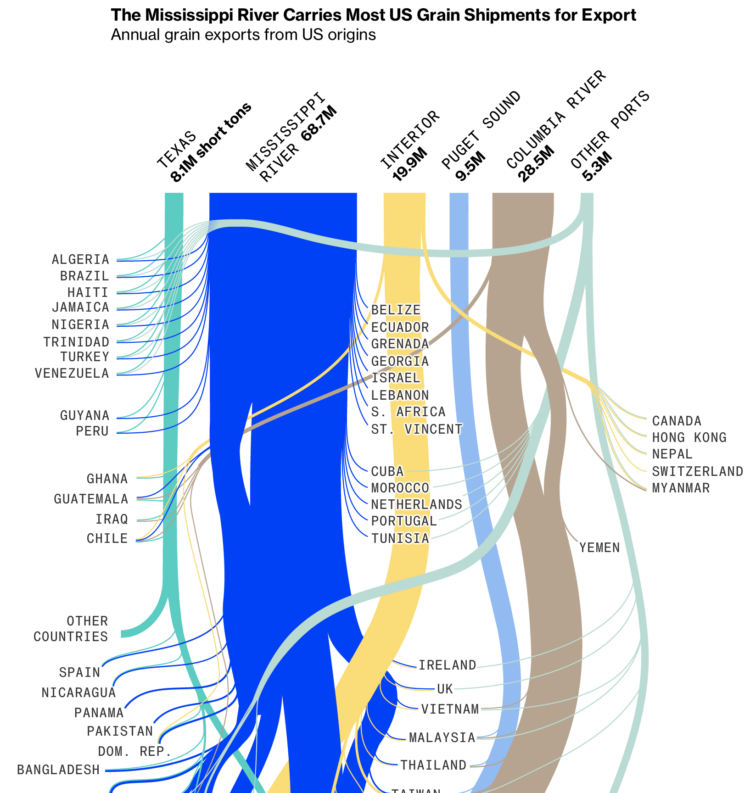
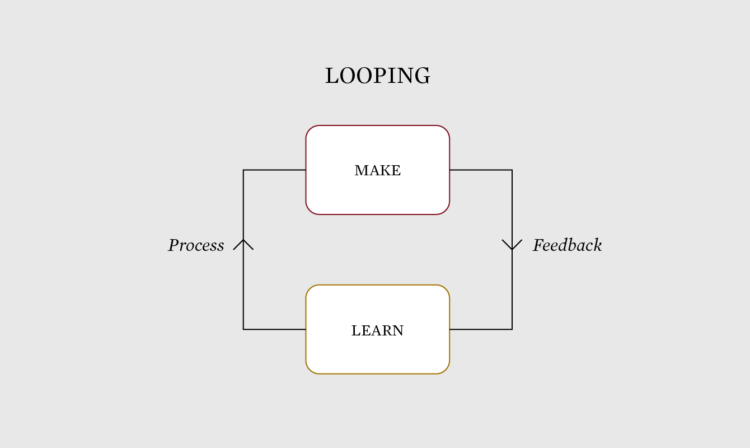
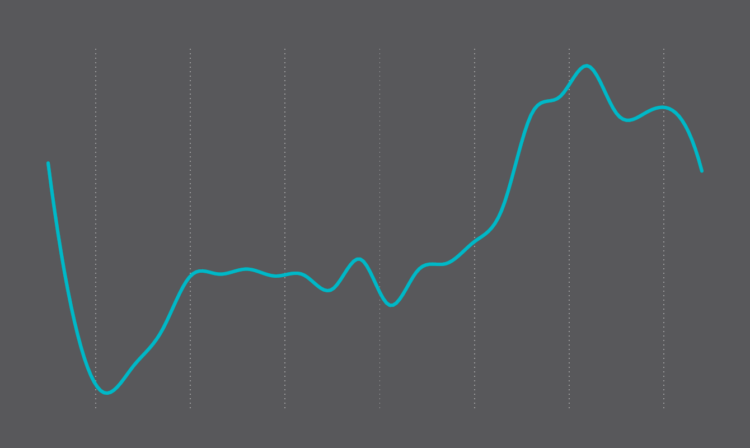
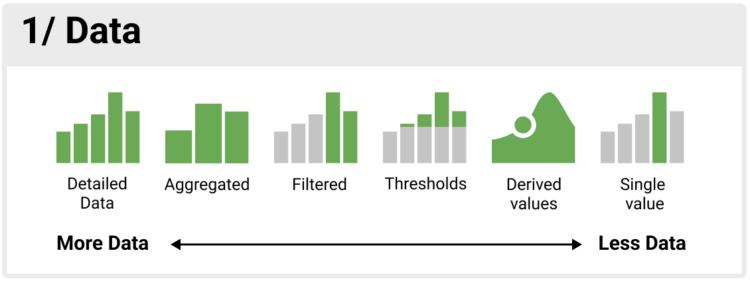
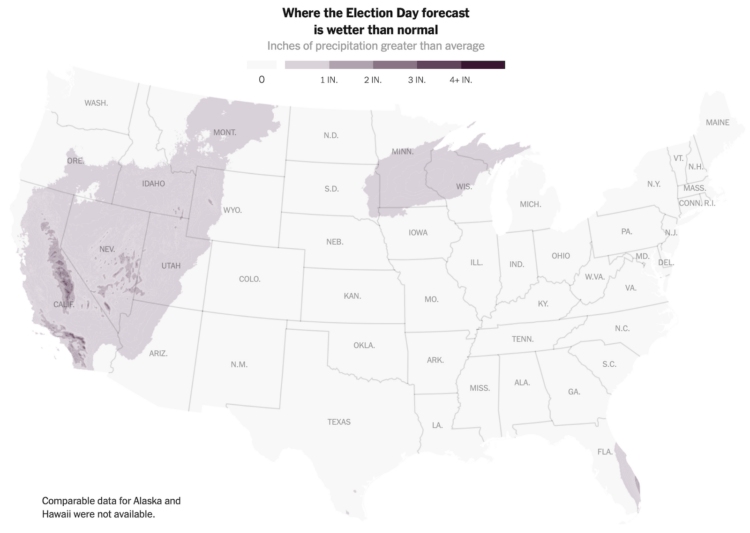
 Visualize This: The FlowingData Guide to Design, Visualization, and Statistics (2nd Edition)
Visualize This: The FlowingData Guide to Design, Visualization, and Statistics (2nd Edition)










